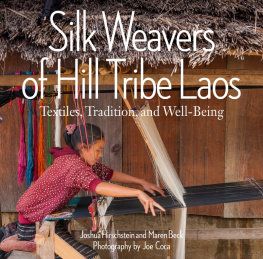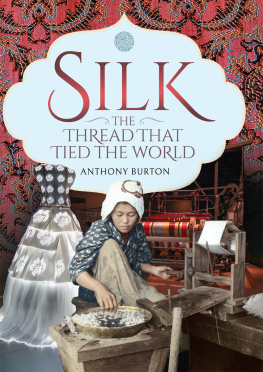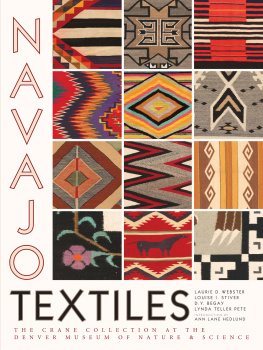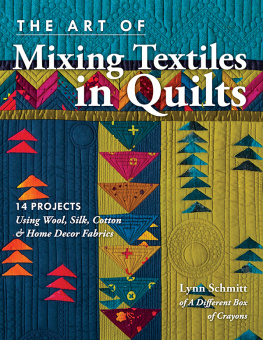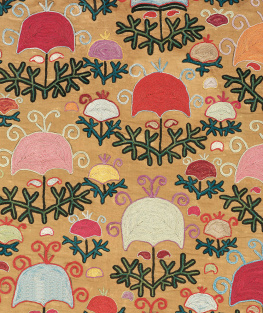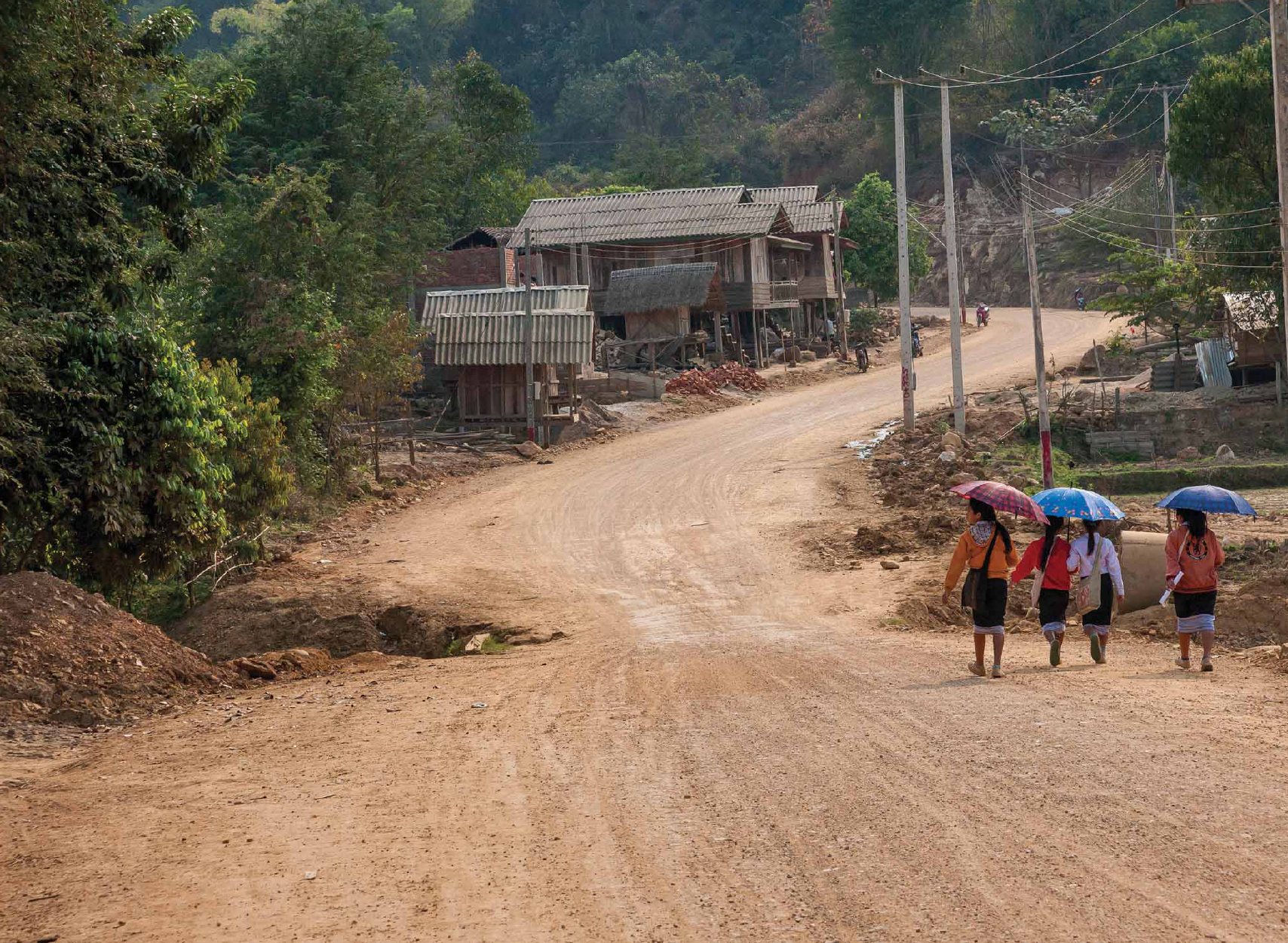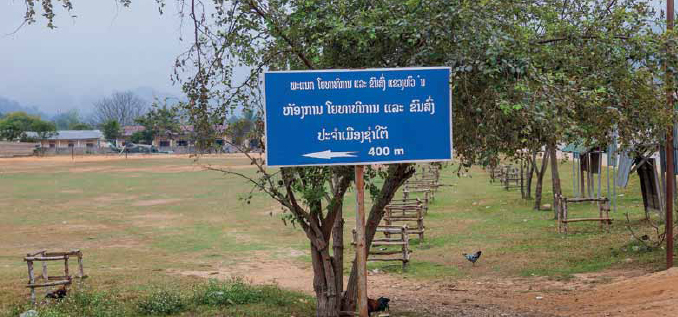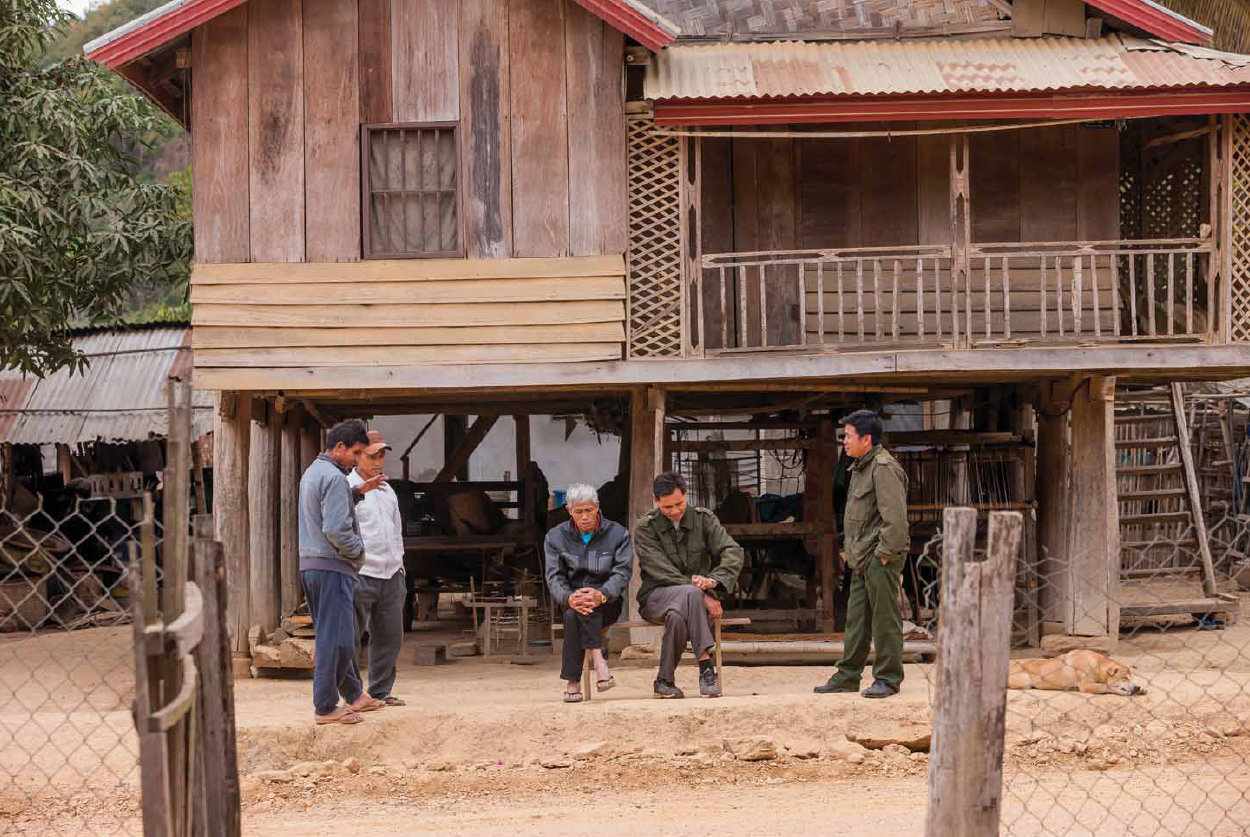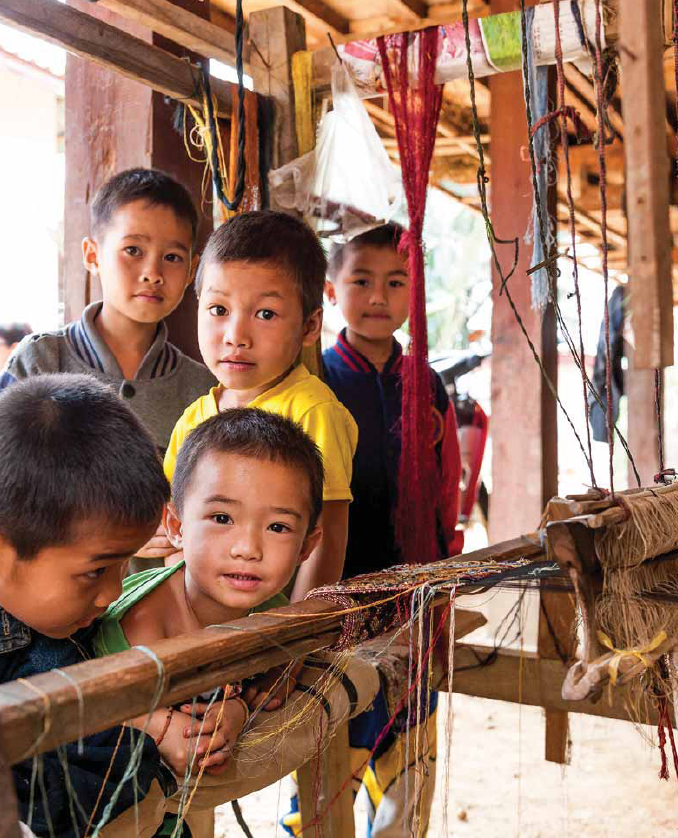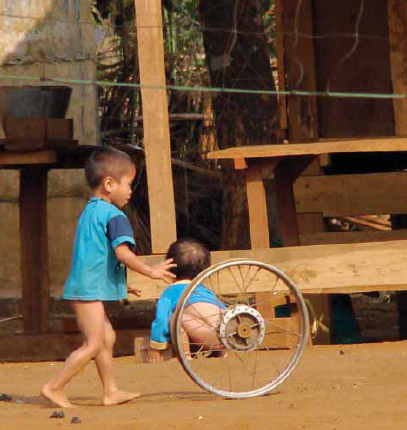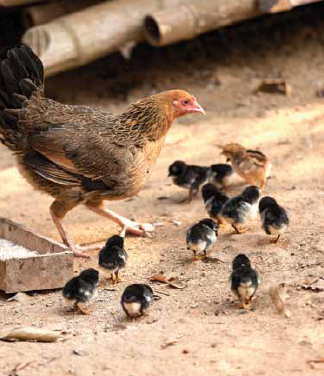This book is dedicated to our Moms:
Joy, for teaching Joshua how to see the world with an open heart, and
Ruth, for teaching Maren about color and textiles, and the value and beauty of things handmade.
Acknowledgements
We are deeply grateful to:
The many weavers, dyers, and other artists and families who have opened their homes to us over the years in Houaphan Province, predominantly in Xam Tai. They are the people writing the greater story. We are indebted to them for their expertise, patience, senses of humor, trust, and affection. We are particularly grateful to Sukkhavit, Lun and Bounkeo, Phout, and Souksakone; their friendships are our greatest reward.
Ms. Malaithong Bounyaxay, for her fluid translation skills, delicious meals, and warm friendship, and for opening so many doors for us in Houaphan Province. This book would not be possible without her efforts.
The Lao Tourism Office in Xam Neua, for consistent and exceptional service and support.
Mr. Khamsing Larddavong, Head of Information, Culture and Tourism of Houaphan Province
Mr. Phouvanh Phetmixay, Deputy of Information, Culture and Tourism of Houaphan Province
Mr. Khamphone Xaysavhan, Head of Tourism Division of Houaphan Province
All the helpful staff at the Lao Tourism Office.
A special thank you to our first guide and good friend, Mr. Kaiphet Thipphavong.
The regional Lao leadership for their hospitality:
Mr. Vhanxay Phengsomma, Governor of Houaphan Province
Mr. Hinthong Daunchansouk, Xam Tai District Governor
Mr. Phonechan Kathomphom, Xam Tai District Vice Governor
Mr. Maikham Phimmasone, Meung Kuan District Governor
Ms. Viengkham Nanthavongdouangsay, for her stories and support.
Zall Hirschstein, for the loom diagrams.
Marilyn Roberts, for helping us with the details of natural dyeing.
Carol Cassidy of Lao Textiles in Vientiane, for her assistance and support, and for her lifelong dedication to the silk weavers and traditional textile artistry of Laos.
Linda Ligon, for her support in a hundred ways. Her vision, passion, and effort are inspirational.
Joe Coca, for joining our venture and sharing his vision and cheer. May his rice fields always be green.
Finally, to Ari and Zall, for engaging with the adventure, having patience with their parents idiosyncrasies, schlepping bags of textiles, telling their stories, and laughing (or at least rolling their eyes) when things turned weird.
Authors note:
Lao to English transliterations are not formalized, and Lao words and names can be spelled any number of ways in English. Houaphanh may be Hua Phon; Xam Tai, Samtai. We have chosen certain spellings over others based on our research, ears, and, ultimately, because we had to.
We apologize for any errors or omissions, as this books content is solely the responsibility of the authors.
CHAPTER ONE
Welcome to Xam Tai
T WO SMALL BOYS, one naked and one wearing only a tee shirt, ran blindly towards us, laughing. They each held a stick and they were taking turns whapping a bicycle tire rim to continue it on its bumpy path. Looking up from their game, they saw us four falangMaren, me and our twelve- and nine-year-old sons, Ari and Zalland they both stopped mid-stride. The tire rim itself rolled forward another twenty feet, directly into Marens outstretched hand. She smiled: Sabaidee, she greeted.
The two little boys stood still for a moment, and then one turned and fled back to safety. The other stood wide-eyed, frozen. An older boy, dressed for school in a white shirt and dark pants, now saw us as well and shouted something that thawed the toddler. The little boy looked back at the shouter, then at us, then turned and ran in the direction of his original playmate.
The main road as it climbs over the hill into Xam Tai village.
A sign directing people to the Xam Tais Provincial Office of Transportation; behind is the local soccer field, which is adjacent to the districts middle and secondary schools.
A traditional house in Xam Tai village provides a gathering place for neighbors.
The older boy, wearing a broad smile, trotted towards us; before he had reached our side, he blurted out as one long word: Hellowhatisyourname?
My name is Maren, enunciated Maren slowly. What is your name?
Ma-ren, he repeated, then: MynameisBoun. Gladtomeetyou. He turned to Ari, extended a hand, and repeated: Hellowhatisyourname?
Before Ari could answer, another boy came running up shouting Hellowhatisyourname? Ari pronounced his name for both, and then each boy asked Zall his name. Zalls z sound proved a challenge and the boys smiled as they tried to turn a buzzing zhhhh into a delicate zzzz. We all laughed at the beehive sounds.
Two more children joined. Everyone wanted a turn with Hello what is your name? and we were finally rescued from the lengthy introductions when a woman emerged from the nearest home tightening her sinh around her waist.
Sabaidee, Maren nodded towards the woman, pressing her hands quickly together under her chin in the traditional greeting.

